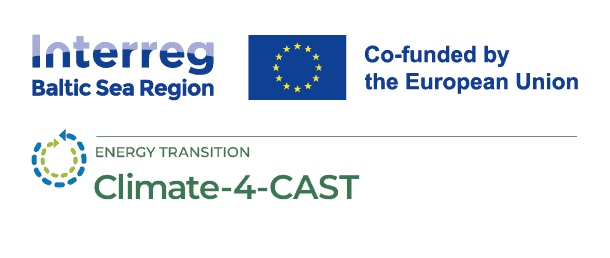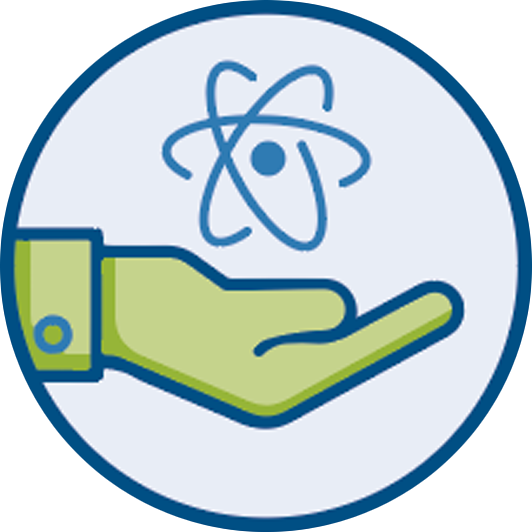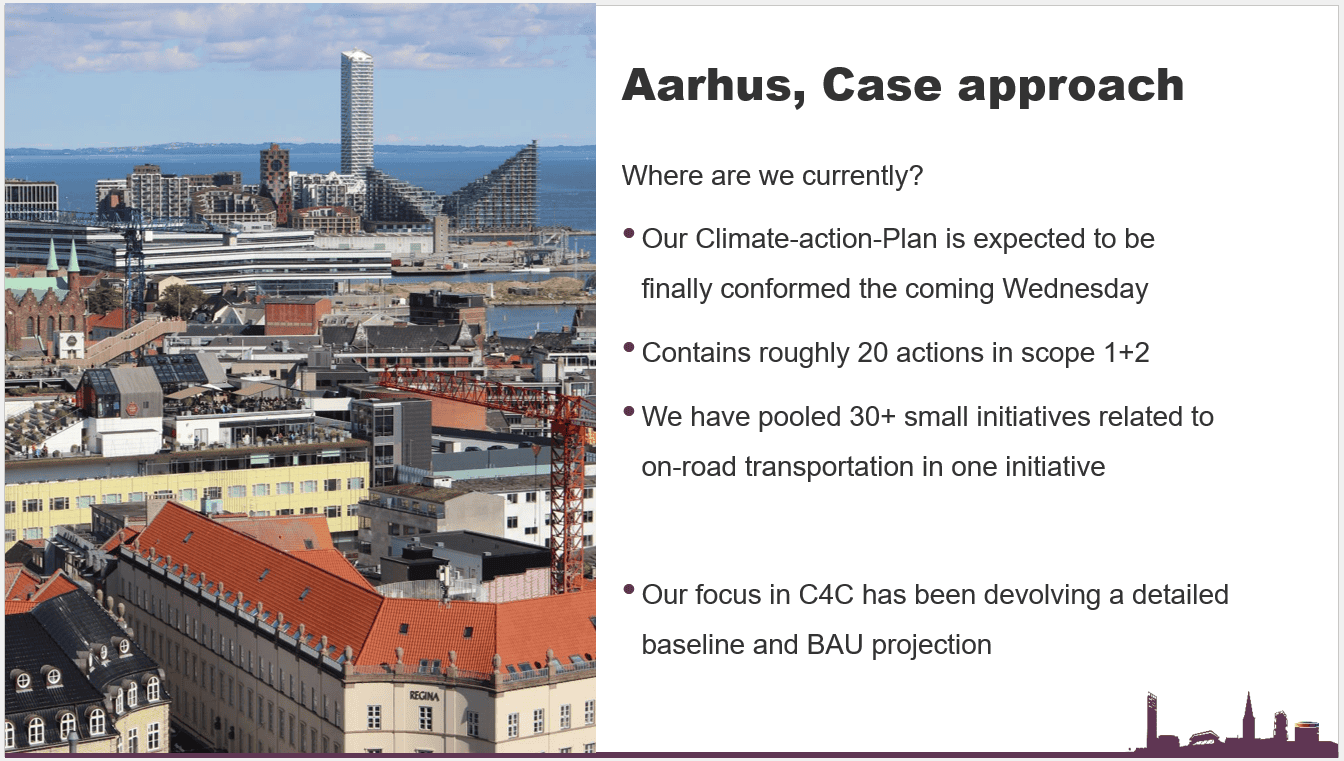
Aarhus Pilot Activity Update: Advancing Climate Planning with Enhanced Detail
07 July 2025
As part of the Climate-4-CAST project’s second piloting phase, Aarhus Municipality is enhancing the detail and precision of its baseline emissions analysis and its Business-as-usual forecast. The city has been “disaggregating the baseline” – breaking down emissions data into more specific sectors with higher detail for each area, with a specific goal of obtaining more local level data. This refined approach provides a much clearer picture of emission sources and enables more targeted action planning.
The city’s methodology had a special focus on two major emission areas in the second reporting period that require sophisticated analysis: agriculture and transportation. For agriculture, the team has developed detailed approaches to account for livestock emissions, particularly from cattle, which represent a significant portion of agricultural emissions. While these contribute a relatively small part of overall city emissions, the detailed calculation enables consideration of targeted actions such as methane reduction strategies.
In transportation – the largest contributor to Aarhus’s emissions – the city is developing comprehensive modeling for passenger car emissions. Their approach incorporates both national transportation data and innovative use of digital analytics to create local projections, enabling the city to compare actions like increased biofuel adoption or targeted diesel restrictions.
Making Complex Data Accessible
A key strength of Aarhus’s approach lies in making sophisticated climate data accessible to non-technical users. The CADS Tool serves as an effective visualization platform that transforms complex calculations into comparable scenarios for managers and politicians. Decision-makers can easily compare different actions against business-as-usual scenarios and toggle various initiatives on and off to understand their combined impact.
This accessibility is crucial for Aarhus’s ambitious climate goals, as it enables the city to identify the most cost-effective actions and provide clear explanations to political leadership about the impacts of different policy choices.
Collaborative Learning and Precision-Driven Planning
Aarhus emphasizes that their detailed approach isn’t just about technical precision – it’s about enabling more targeted and effective climate action. The high level of detail helps identify specific emission drivers and transforms policy discussions from qualitative debates to specific, data-driven conversations about concrete actions.
The city’s experience demonstrates how detailed climate analysis can strengthen both technical planning and political engagement, providing a foundation for ambitious climate action that is both evidence-based and achievable.
Looking Forward
As Aarhus moves forward in the piloting phase, the city plans to further enhance action descriptions and add their entire path to carbon-neutrality to the tool, such that the information is available to the broad public. Their approach offers valuable insights for other municipalities seeking to integrate detailed climate analysis into decision-making processes, particularly those with ambitious climate neutrality goals requiring precise, cost-effective action selection.






